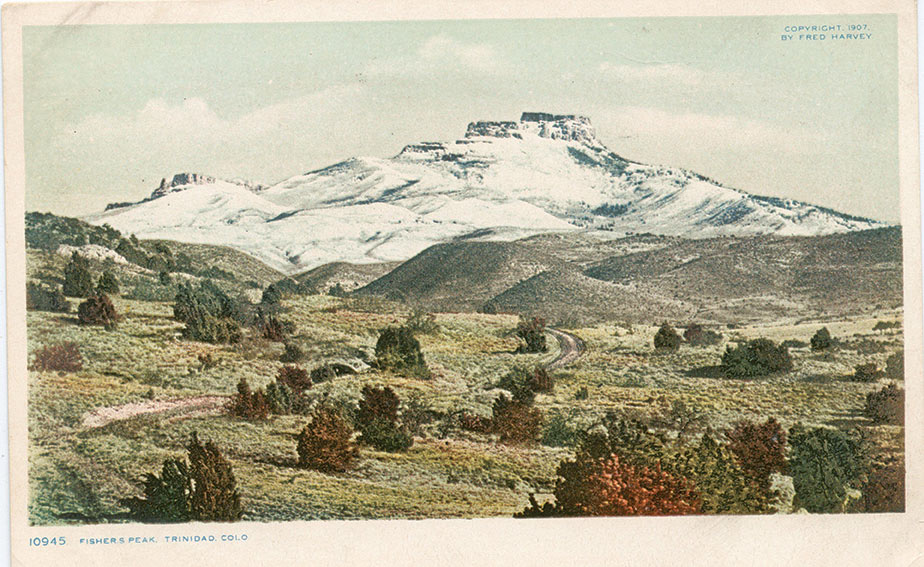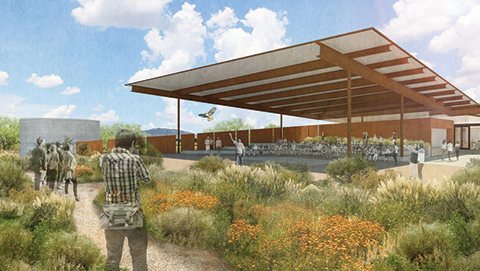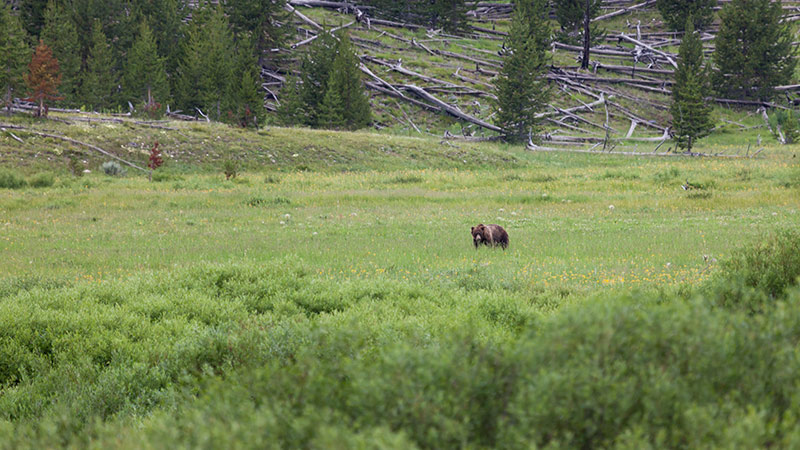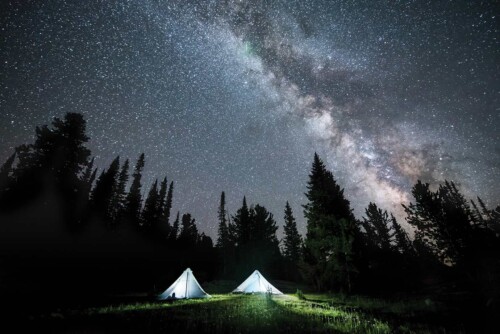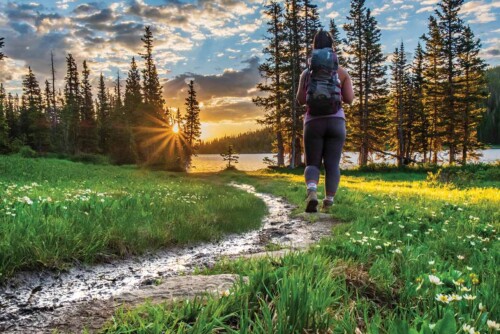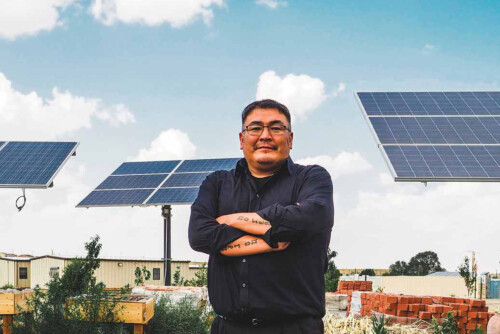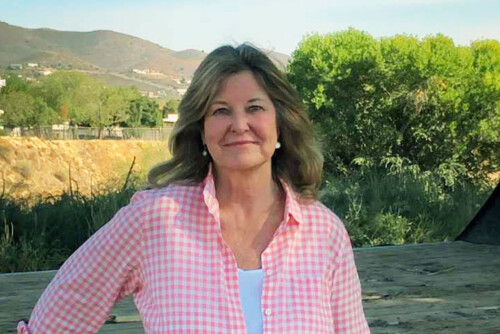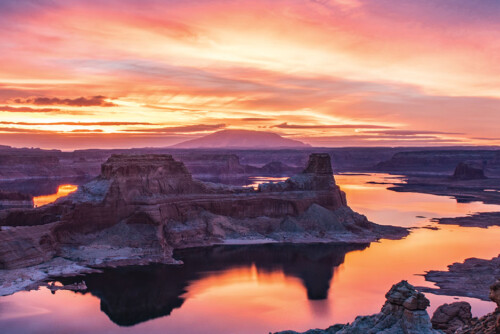The Big Challenge
The United States is losing nature at an alarming pace—a football field’s worth of natural lands are lost to human development every 30 seconds. Ecologists, led by E.O. Wilson, say that we must protect at least 50% of land and water for nature to prevent the majority of species from going extinct. This is WRA’s goal for the West—but as the map shows, we need to get moving now.
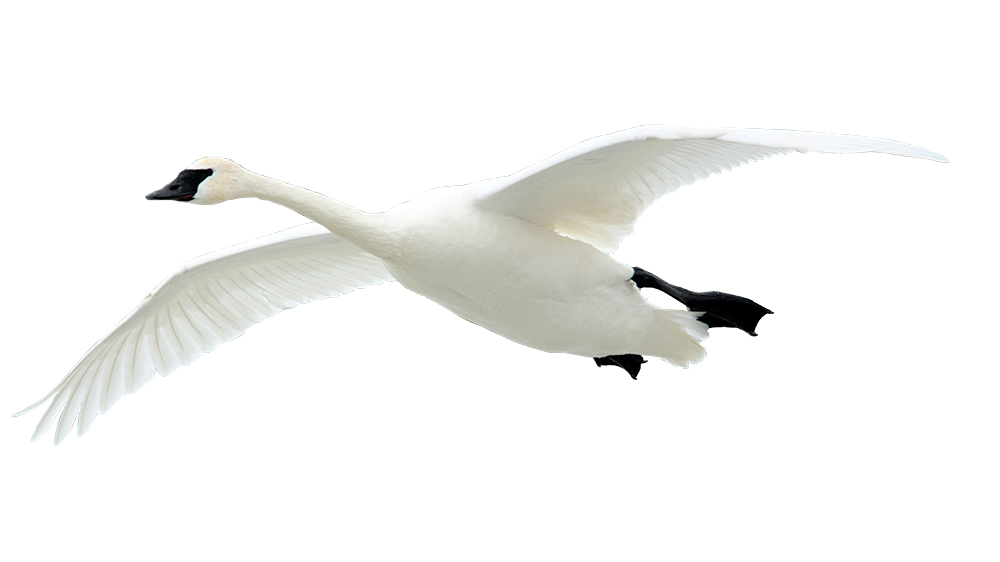
Why 30 x 30?
Scientists and advocates realize that the biggest challenge is mobilizing political will to protect half the planet. So we have set an interim goal of reaching 30% protection by 2030.
How We’re Getting it Done
National legislation has been proposed, but we cannot achieve the level of protection we need through federal action alone. WRA knows that real change happens at the state and local level, where we must protect special places like the ones in the images here. Other ways WRA is working to meet this goal? Protecting wildlife corridors, stopping unnecessary sprawl, and preventing the degradation of land, water, and air through smarter rules for oil and gas development. Learn more at westernresourceadvocates.org/30×30.
